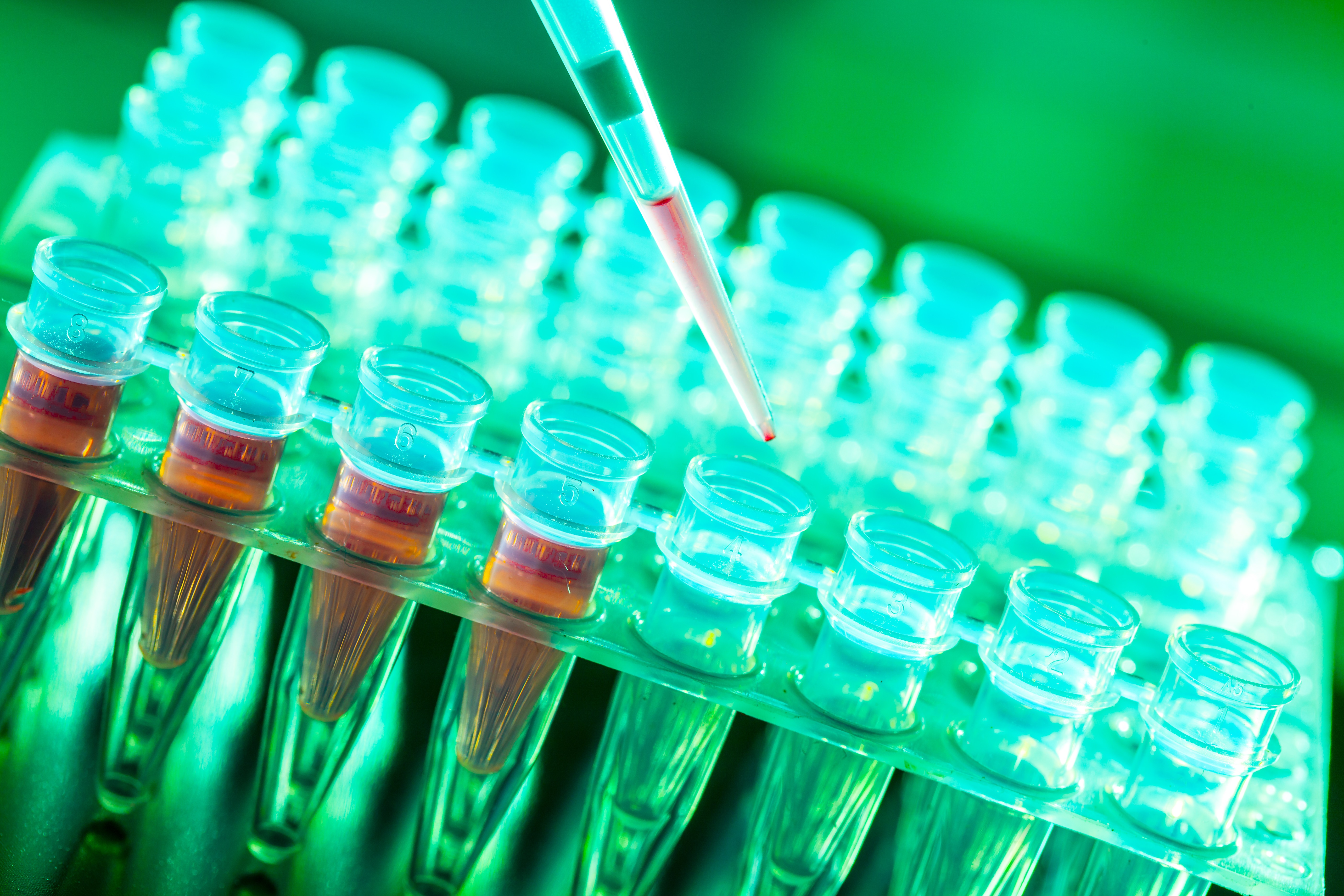Researchers Identify Key Elements in the Defective Protein Linked to Cystic Fibrosis

Researchers at the University of Missouri–Columbia have discovered two key amino acids in the protein that is associated with cystic fibrosis (CF) — cystic fibrosis transmembrane conductance regulator (CFTR) protein. The study is entitled “Localizing a gate in CFTR” and was published in the journal Proceedings of the National Academy of Sciences (PNAS).
CF is a life-threatening genetic disease in which a defective gene (CFTR, an ATP-gated chloride channel) induces a salt imbalance, causing the body to form unusually thick, sticky mucus that can obstruct the airways and promote dangerous lung infections, resulting in serious respiratory and also gastrointestinal manifestations. The majority of the CF patients die due to respiratory failure. There is no cure for the disease and the therapies available aim at the management of disease symptoms. It is estimated that almost 70,000 individuals worldwide suffer from CF.
The drug ivacaftor targets the defective CFTR protein, and in 2012 it was approved by the U.S. Food and Drug Administration for cystic fibrosis treatment. The research team has previously shown that ivacaftor affects the CFTR protein’s ion gate, and now, in the present study, they identified the exact location of the gate and two key amino acids within it.
“We know that cystic fibrosis is caused by mutations in a gene called CFTR, but we don’t know exactly how these mutations affect the function of the CFTR protein,” said the study’s senior author Dr. Tzyh-Chang Hwang in a news release. “In fact, there are nearly 2,000 mutations that could occur in the protein. However, our study identified two amino acids in the CFTR protein that serve as a sort of gate. This gate is a key factor in regulating the flow of chloride ions — one of the key ingredients in salt — into and out of the cells through the CFTR protein.”
“In many ways, the function of the CFTR protein can be compared to a motion-activated water faucet,” explained Dr. Hwang. “All of the parts need to be functioning properly in order for the faucet to work. The motion sensor needs to detect your hand movements and send a signal to open the gate, enabling the flow of water. When the gate in the CFTR protein is defective, the flow of ions across the cell membrane is disrupted. By identifying the amino acids that make up this gate, we now have a clear idea as to why a mutation in either of these two amino acids causes cystic fibrosis.”
The research team believes that their findings offer new insight into ivacaftor’s mechanism of action and could contribute for the development of new drugs and improved therapies against cystic fibrosis.
“When your water faucet is broken, you can call a plumber to repair it, (…) But if the plumber doesn’t understand how the faucet works, how is he supposed to fix it? By understanding the physical and chemical basis of CFTR function, we, the molecular plumbers, are equipped with the tools to find ways to correct the defective protein’s function, and subsequently boost treatments and ultimately improve the lives of cystic fibrosis patients,” concluded Dr. Hwang.







